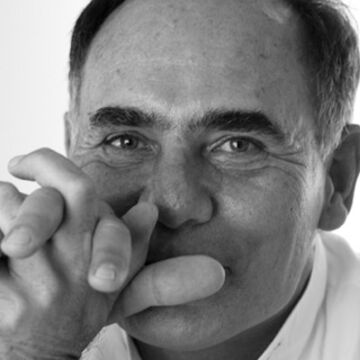

Hennie Jurie Reynders
Professor Emerit
Contact
Bio
Dr. Hennie Reynders is an architect and tenured Full Professor in the Department of Architecture, Interior Architecture, Historic Preservation and Designed Objects. Education: A first professional BArch and second professional MArch degree in Architecture, Landscape Urbanism and Activist Practice and a PhD from the University of Edinburgh, Scotland. Research, Practice and Teaching: A focus on spatial relationships, citizen infrastructure, design theory and interdisciplinary thinking and making at the intersection of art, design and science as expressed in the relationship that exists between structure and agency. He has exhibited, lectured, published and acted as moderator internationally.